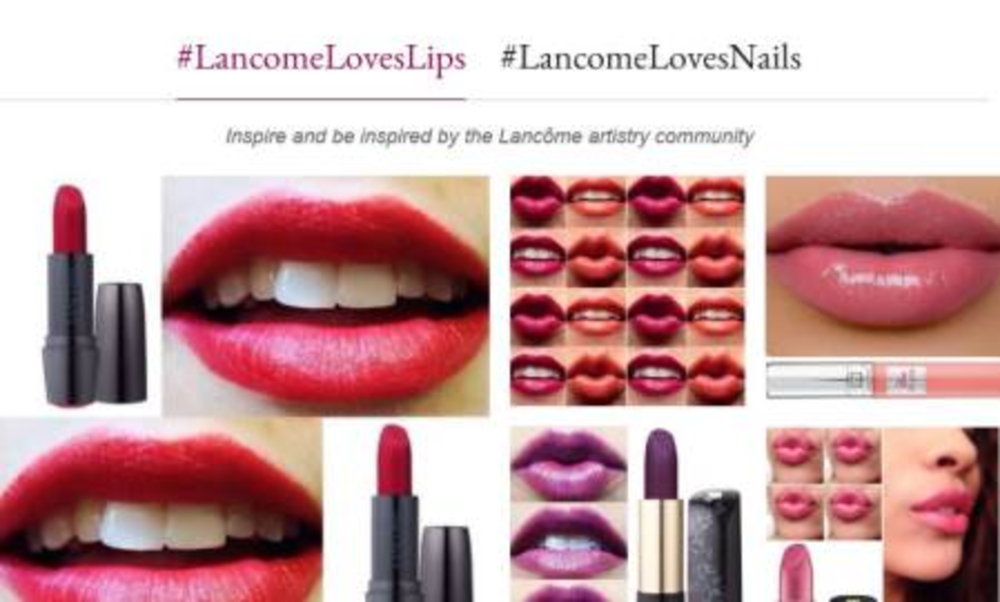Recently, I bought a fresh pair of mint-green fringed, Air Jordan high-tops. One of the first things I did when I opened the box was to prop them up and take a photo for Instagram (in the privacy of my apartment, of course). The caption: “New Hotness #Jordans #Fresh.” My knee jerk reaction as a consumer was to include “#Jordans” just for fun but now, with a company named Olapic, brands can capitalize on similar sharing habits.
Olapic’s technology scours the web and pulls in hash-tagged photos and videos from outlets like Instagram, Facebook, Vine and YouTube and directs them to a given brand’s website. Having worked with names like West Elm, Lancôme, and New Balance, Olapic is sifting through and capturing branded, user generated content daily. But, the really cool part is what their clients are able to do with this newfound, real-world material.
Pau Sabria, co-founder of Olapic, explains how it works, “If you recently bought lipstick from Lancôme you might take a selfie showing off your new pout and post it on Instagram with the hashtag #lancomeloveslips,” says Sabria. “Lancôme could then feature that tagged photo anywhere on their website, usually on the accompanying product display page or in a gallery.”
That girl’s Lancôme selfie could become the reason why thousands of other girls decide to buy that shade of lipstick. Another user’s picture of how a pair of shoes looked in the rain might wind up next to the stock image on the New Balance online store. An Instagram of a West Elm clock might be matched with 100 others of the same brand to show its versatility. By supplanting studio photo shoots and super models, brands can win in more ways than one. Sabria says, “consumers have a strong positive reaction to seeing products in a real-world setting.”
This type of back end service is ideal for retail brands that are looking to drive sales and/or engage their customer base in a more meaningful way. According to Sabria, brands that have made use of Olapic have seen a 7% average increase in sales, (in one case 39%.)
While the dollars and cents aspect of Olapic’s services are self explanatory, brands also make use of this technology to extract insights about which products resonate the most with consumers. These insights help companies make more informed product development and merchandising decisions moving forward.
Olapic’s service is also fully customizable. A brand is able to dictate how, when and where they want user-generated content to be displayed and arranged on their websites. By creating a concurrent marketing campaign with an official hashtag, marketers and brands can exponentially increase customer participation.
“Brands need to recognize that consumers are already sharing and hashtagging photos of their products on social networks by the thousands,” says Sabria. “These social consumers are the most powerful brand advocates a brand can find.”








